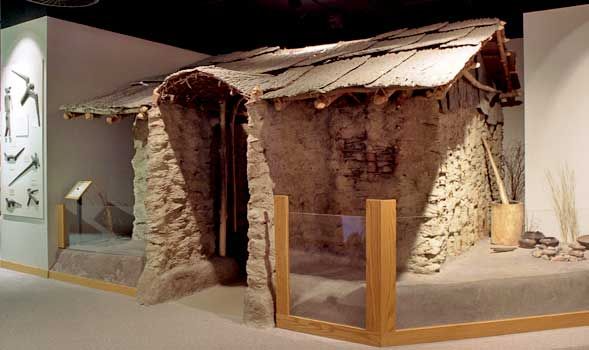Where Sartar is a silk road kingdom, with its riches coming from its command over the trade routes through strategic Dragon Pass, the Lunar Empire is a river-and-grasslands civilization. Because of its continental climate, it is not truly a hydraulic civilization, and the Lunar Heartlands perhaps looks more the Mississippi Embayment or much of Iowa. I sometimes imagine the Lunar Heartlands superimposed on the American Midwest, with Alkoth being St. Louis, Glamour being Des Moines, and Yuthuppa being the Twin Cities. Elz Ast and Joranit are like Buffalo and Quebec City. No wonder the Kalikos Expedition gets such support!
Peloria is quite dry – wet air gets blown from the far west, but needs to go over Fronela or Valind’s Glacier before it reaches Peloria. The immediate foothills of the Rockwoods and Yolp mountains might get 25 to 40 inches or so, but that drops in the plains.
![]()
![]()
You definitely get tornados in Saird. And probably throughout Peloria – one more reason to fear and dislike the Storm Gods.
Pelorian rice is more akin to Zizania palustris, it is worth remembering that historically the Mississippi River used to flood a LOT. According to the National Weather Service, the lower Mississippi has had flood events roughly once every 4 years, and these events were quite long in duration, at times as long as 6 months.
It must be nice living in Glamour and above that flood water.
But I suspect the floods are a welcome thing for the peasants, and get all managed by a network of dikes, canals, and marshlands. They make the fields fertile, improve fisheries, and make the marshlands rich.
Heck, and it could well be that the Jord Mountains and Hungry Plateau act like a Loess Plateau, dumping fine yellow dirt through Dara Happa.
Given the role of snowmelt in Pelorian floods, I could imagine something similar in the Lunar Heartlands.
One geographical oddity is the Crater itself. It rises some 3 to 5 km above the surrounding plains, covered in snow and acts as a cooling factor in the Silver Shadow.
The Crater is something like a small version of Niven’s Fist of God. It is obviously not a natural geological feature – a high ring of mountains formed when the Red Moon rose into the sky. The Red Moon appeared in historical times, although it was a long time ago (the equivalent of our mid-17th century).
But unlike Fist of God, the Red Moon rose without explosions or visible destruction (although its enemies claimed it was accompanied with vast spiritual carnage). Instead a great red and black globe, more than 30 km in diameter and slowly spinning, rose from the earth leaving the Crater behind. It rose high into the sky, and then stopped its ascent, but continued spinning from red to black.
I’d rank the ascent of the Red Moon among the four greatest magical events in history – along with the Sunstop, the Closing, and the Dragonkill War. Little events like the Faceless Giant, the Cursing of Dorastor, or even the Moonburn barely count on that list.
Mount Baker is my touchstone for Thunder Mountain, I kind of imagine Talastar being a lot like Okanogan County.
This might well be a traditional Lodril peasant’s hut throughout the Lunar Heartlands:
As an aside, I pointed out on another thread that it is probably easier and cheaper to buy silk in Boldhome than Glamour*. Let that sink in.
*That being said, there is more silk and more demand for silk in Glamour. Still, any Wind Lord or Earth Priestess who wants to deck themselves out with silk in Boldhome probably can. If they can afford it.
Another thing keeping in mind is the amount of marshlands around Darjiin and Henjarl. The Henjarl Marshes cover about 1500 km2, while the Dorkath marshes are about 1000 km2. There are a number of other marshes that collectively are about 1500 km2. So altogether, we are looking at something about 4 times the size of the Upland Marsh in an area about the size of Sartar.
Now these marshes are socially like the Mesopotamian marshes in Iraq (even if they ecologically are more like the Great Black Swamp of Indiana). They are populated by numbers villages made of reeds and often reachable only by boat. There are numerous canals and dikes throughout the marshes to tame them. The marshes inhabited by countless species of birds and fish, and the Oslira crocodile.


